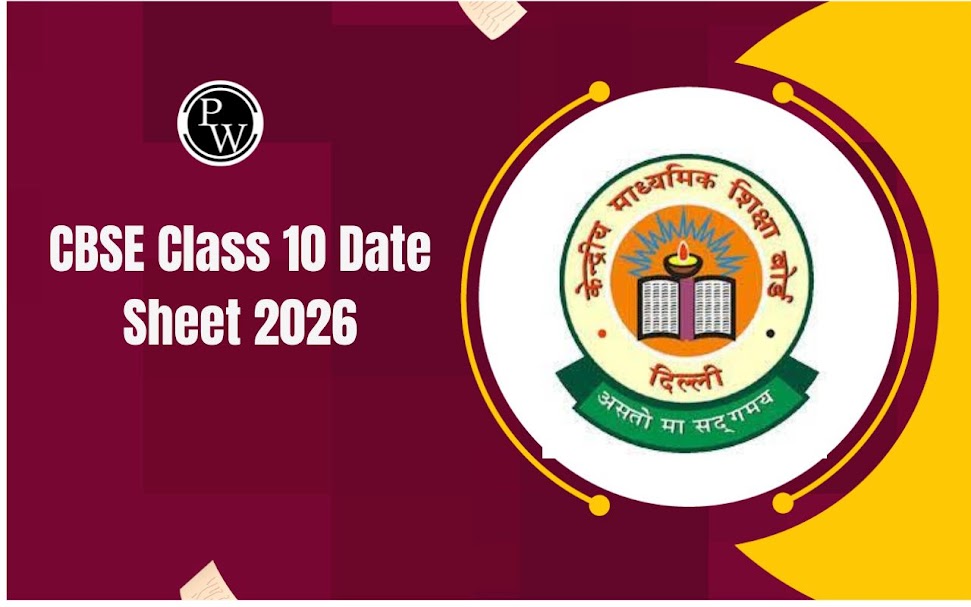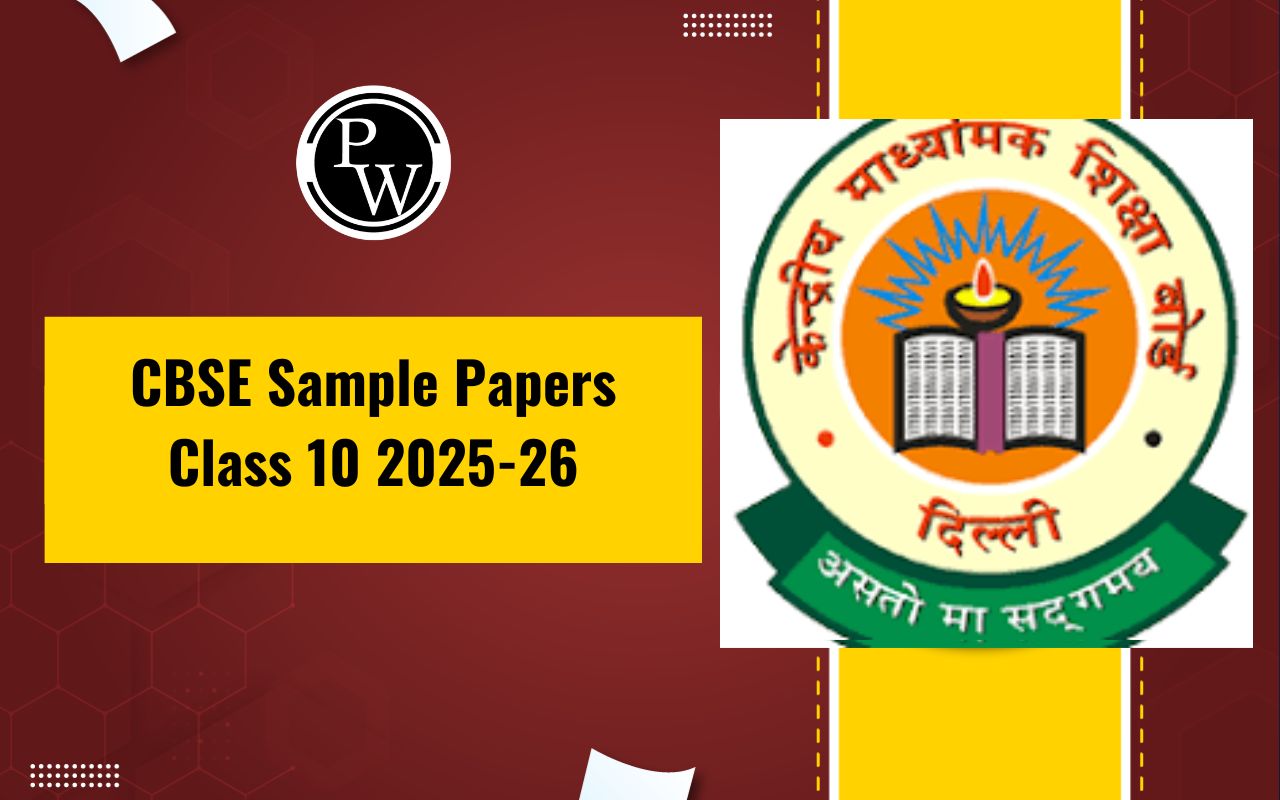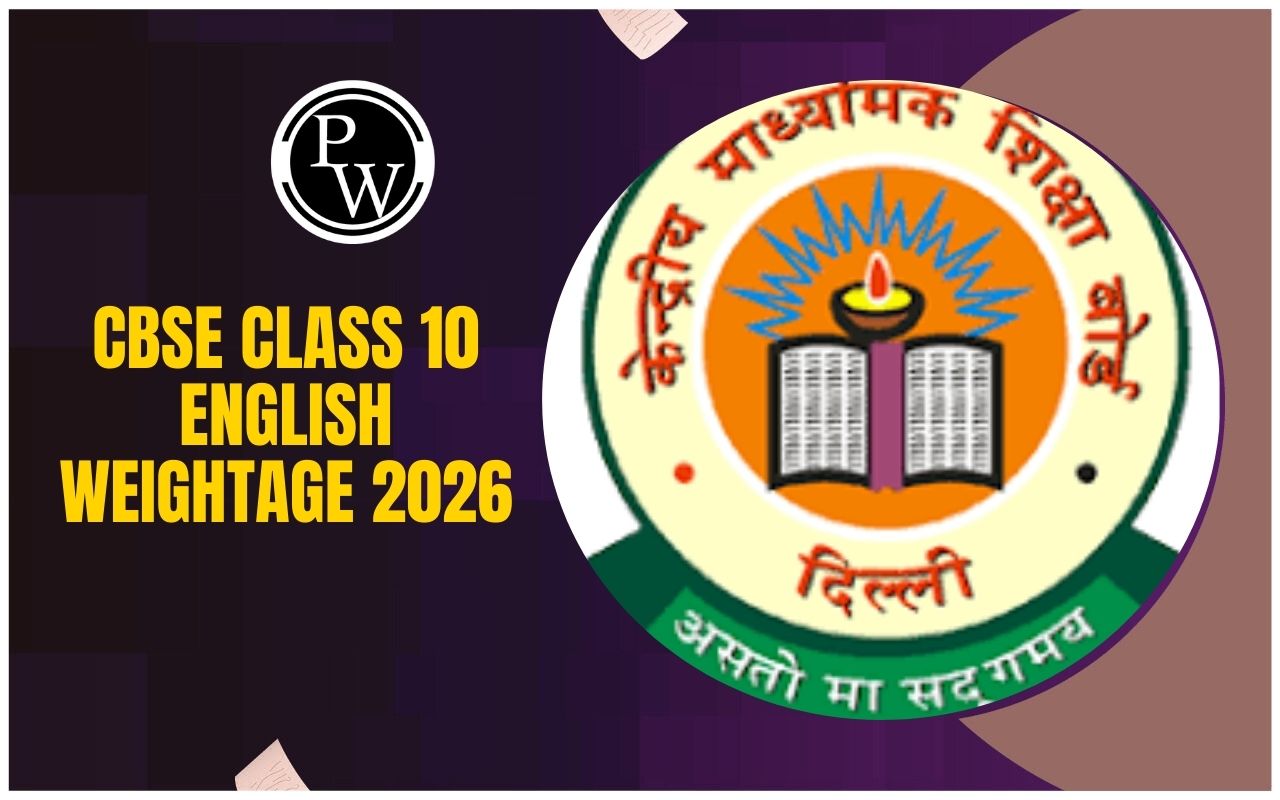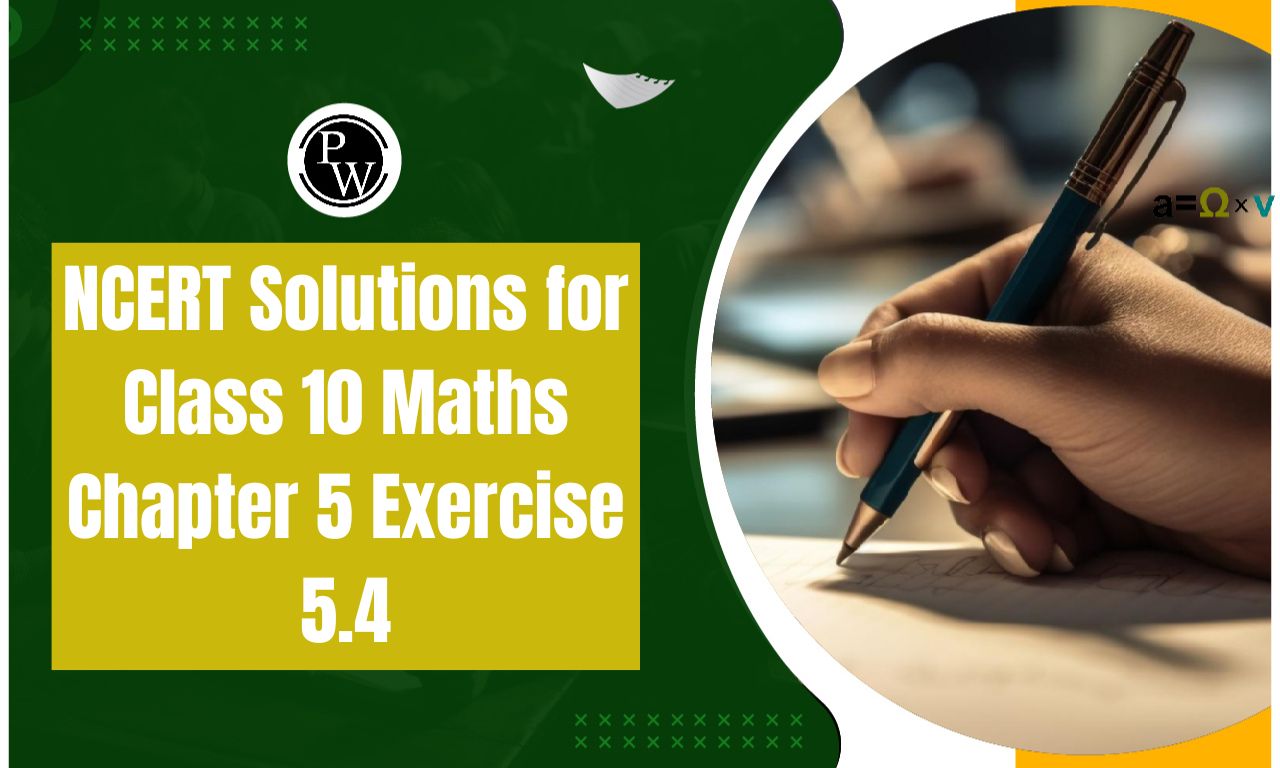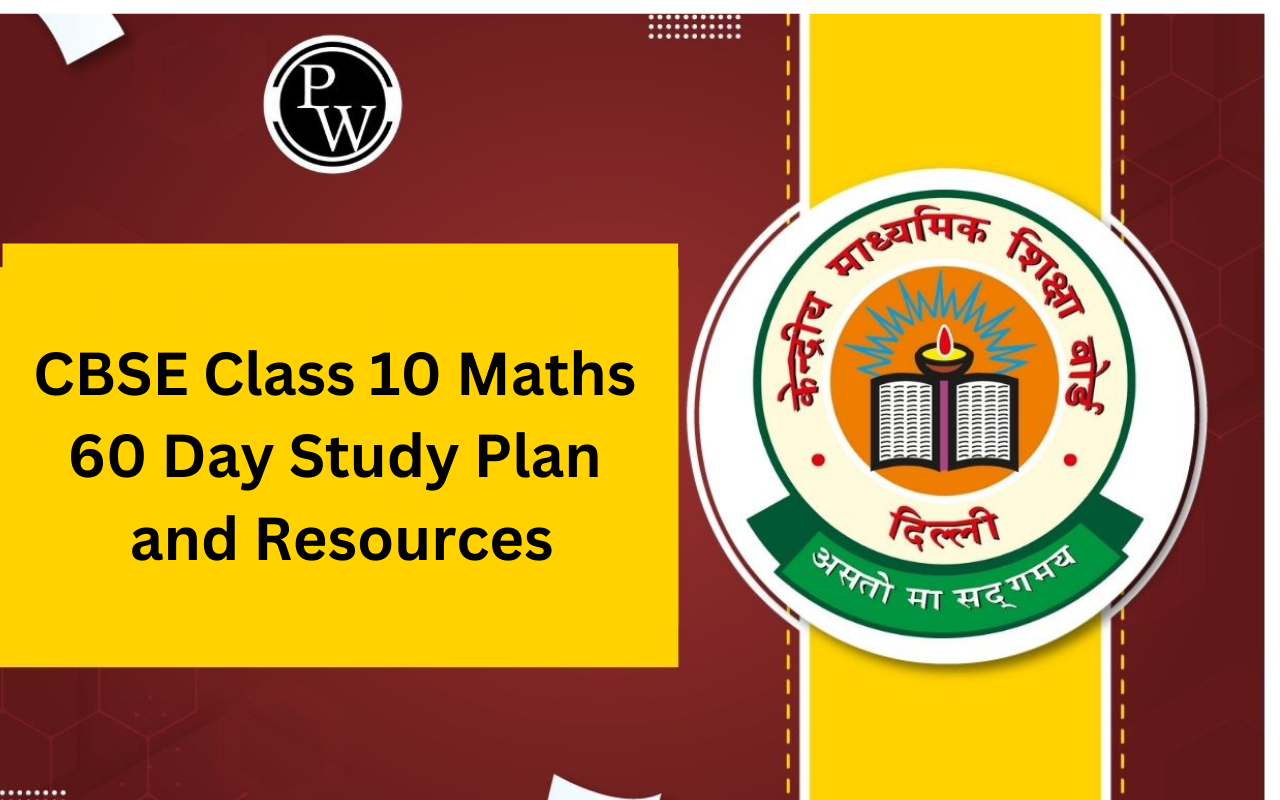
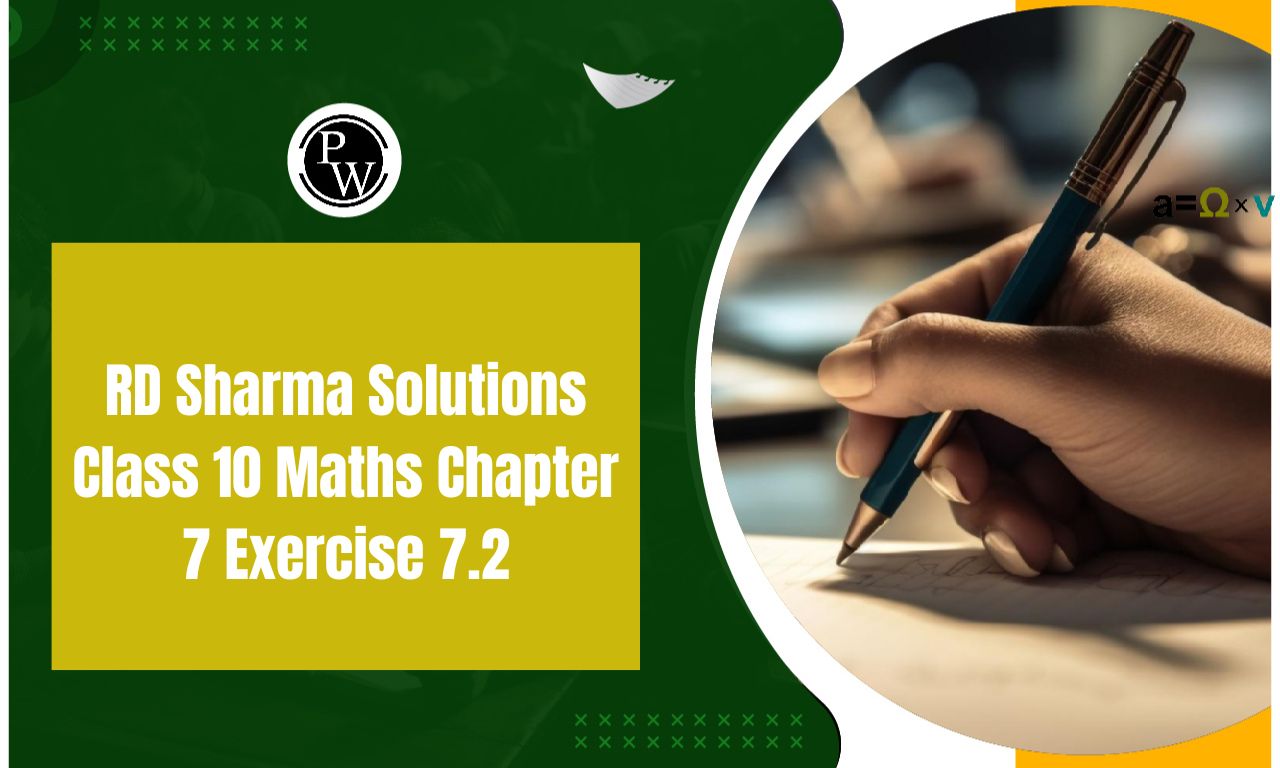
RD Sharma Solutions Class 10 Maths Chapter 7 Exercise 7.2: In RD Sharma Class 10 Maths Chapter 7, Exercise 7.2 on Statistics, students learn about organizing, interpreting, and analyzing data effectively. This exercise focuses on calculating measures of central tendency, including mean, median, and mode, for grouped and ungrouped data. It introduces methods like the assumed mean and direct method for finding the mean, equipping students with tools to simplify complex data sets.
The exercise emphasizes practical applications, helping students understand how statistical data is analyzed in real life. Overall, Exercise 7.2 builds a foundation for understanding data trends and patterns, essential for advanced statistical concepts.RD Sharma Solutions Class 10 Maths Chapter 7 Exercise 7.2 Overview
Chapter 7, Exercise 7.2 in RD Sharma’s Class 10 Maths book focuses on Statistics, specifically on measures like mean, median, and mode. These concepts are vital because they help students understand how data can be organized, analyzed, and interpreted, which is essential for making informed decisions. Mean represents an average value, median is the central point, and mode is the most frequent observation. Understanding these measures aids in summarizing large data sets and finding patterns. This foundational knowledge is critical in various fields such as economics, social sciences, and data analysis, enhancing students’ analytical and problem-solving skills.RD Sharma Solutions Class 10 Maths Chapter 7 Exercise 7.2 PDF
Below, we have provided the PDF for RD Sharma Solutions for Class 10 Maths Chapter 7, Exercise 7.2 on Statistics. This resource is designed to help students understand concepts like mean, median, mode, and other statistical measures with step-by-step solutions to textbook questions. These solutions are ideal for thorough practice and will assist in building a strong foundation in statistics, ensuring success in exams. Download the PDF for easy access and effective learning.RD Sharma Solutions Class 10 Maths Chapter 7 Exercise 7.2 PDF
RD Sharma Solutions Class 10 Maths Chapter 7 Exercise 7.2 Statistics
1. The number of telephone calls received at an exchange per interval for 250 successive one- minute intervals are given in the following frequency table:
| No. of calls (x): | 0 | 1 | 2 | 3 | 4 | 5 | 6 |
| No. of intervals (f): | 15 | 24 | 29 | 46 | 54 | 43 | 39 |
Compute the mean number of calls per interval.
Solution:
Let the assumed mean(A) = 3| No. of calls x i | No. of intervals f i | u i = x i – A = x i – 3 | f i u i |
| 0 | 15 | -3 | -45 |
| 1 | 24 | -2 | -48 |
| 2 | 29 | -1 | -29 |
| 3 | 46 | 0 | 0 |
| 4 | 54 | 1 | 54 |
| 5 | 43 | 2 | 86 |
| 6 | 39 | 3 | 117 |
| N = 250 | Σ f i x i = 135 |
2. Five coins were simultaneously tossed 1000 times, and at each toss the number of heads was observed. The number of tosses during which 0, 1, 2, 3, 4 and 5 heads were obtained are shown in the table below. Find the mean number of heads per toss.
| No. of heads per toss (x): | 0 | 1 | 2 | 3 | 4 | 5 |
| No. of tosses (f): | 38 | 144 | 342 | 287 | 164 | 25 |
| No. of heads per toss x i | No of intervals f i | u i = x i – A = x i – 2 | f i u i |
| 0 | 38 | -2 | -76 |
| 1 | 144 | -1 | -144 |
| 2 | 342 | 0 | 0 |
| 3 | 287 | 1 | 287 |
| 4 | 164 | 2 | 328 |
| 5 | 25 | 3 | 75 |
| N = 1000 | Σ f i x i = 470 |
3. The following table gives the number of branches and number of plants in the garden of a school.
| No of branches (x): | 2 | 3 | 4 | 5 | 6 |
| No of plants (f): | 49 | 43 | 57 | 38 | 13 |
Calculate the average number of branches per plant.
Solution:
Let the assumed mean (A) = 4| No of branches xi | No of plants f i | u i = x i − A = x i − 4 | f i u i |
| 2 | 49 | -2 | -98 |
| 3 | 43 | -1 | -43 |
| 4 | 57 | 0 | 0 |
| 5 | 38 | 1 | 38 |
| 6 | 13 | 2 | 26 |
| N = 200 | Σ f i x i = -77 |
4. The following table gives the number of children of 150 families in a village
| No of children (x): | 0 | 1 | 2 | 3 | 4 | 5 |
| No of families (f): | 10 | 21 | 55 | 42 | 15 | 7 |
Find the average number of children per family.
Solution:
Let the assumed mean (A) = 2| No of children x i | No of families f i | u i = x i − A = x i − 2 | f i u i |
| 0 | 10 | -2 | -20 |
| 1 | 21 | -1 | -21 |
| 2 | 55 | 0 | 0 |
| 3 | 42 | 1 | 42 |
| 4 | 15 | 2 | 30 |
| 5 | 7 | 3 | 21 |
| N = 150 | Σ f i x i = 52 |
Benefits of Solving RD Sharma Solutions Class 10 Maths Chapter 7 Exercise 7.2
RD Sharma Solutions Class 10 Maths Chapter 7 Exercise 7.2 FAQs
Who is the father of statistics class 10?
What are the basic concepts of statistics class 10?
What are the question in statistics?
What are the three methods of statistics class 10?

